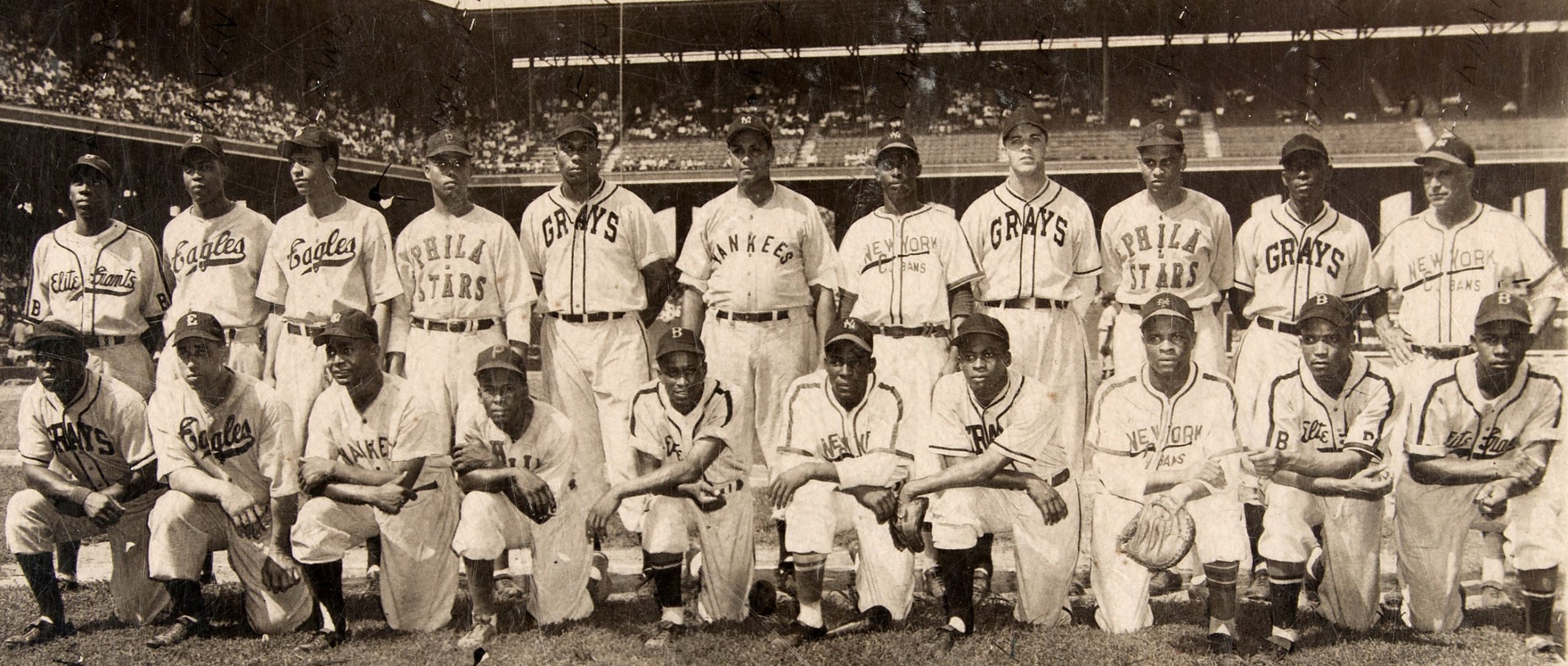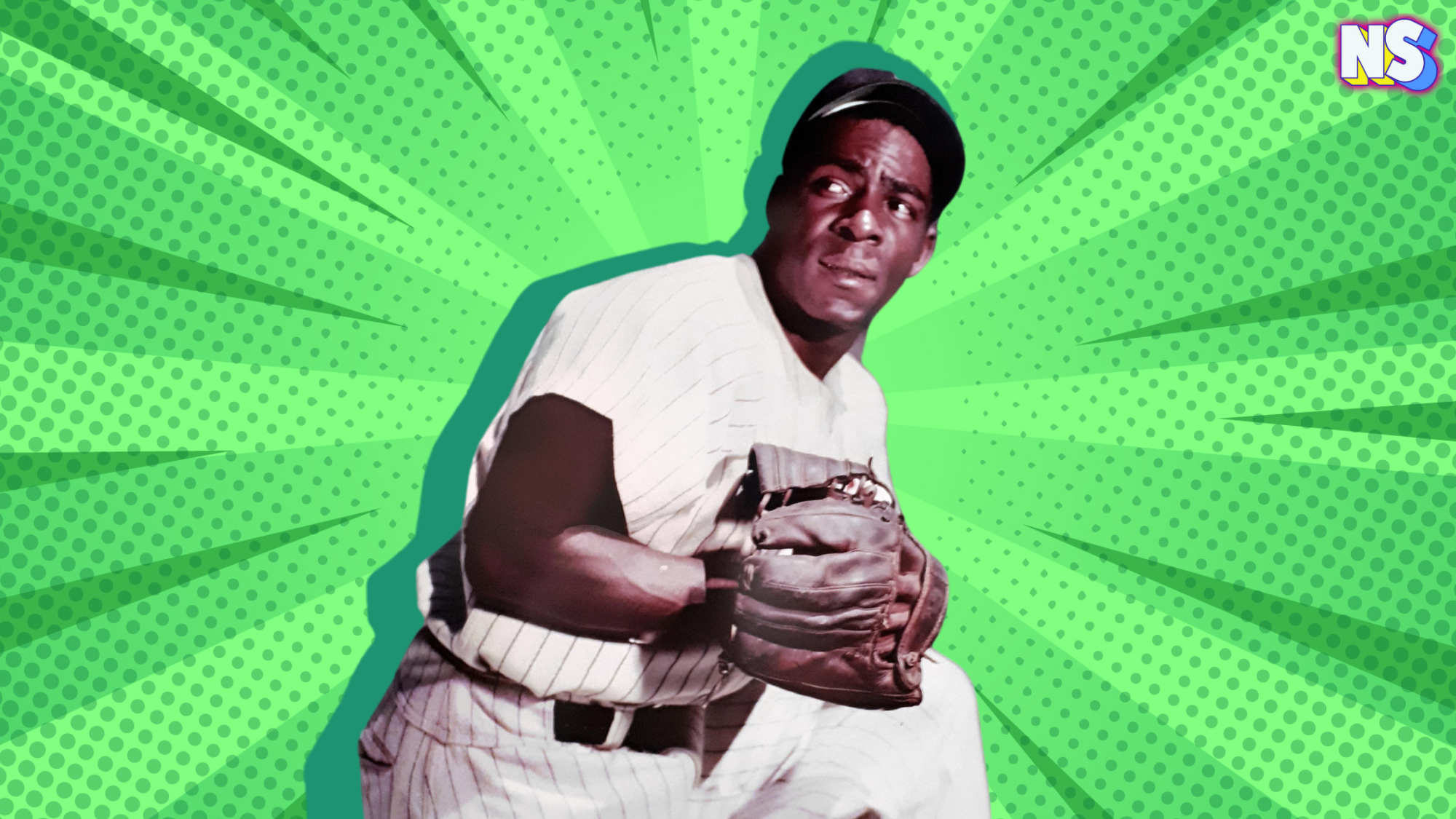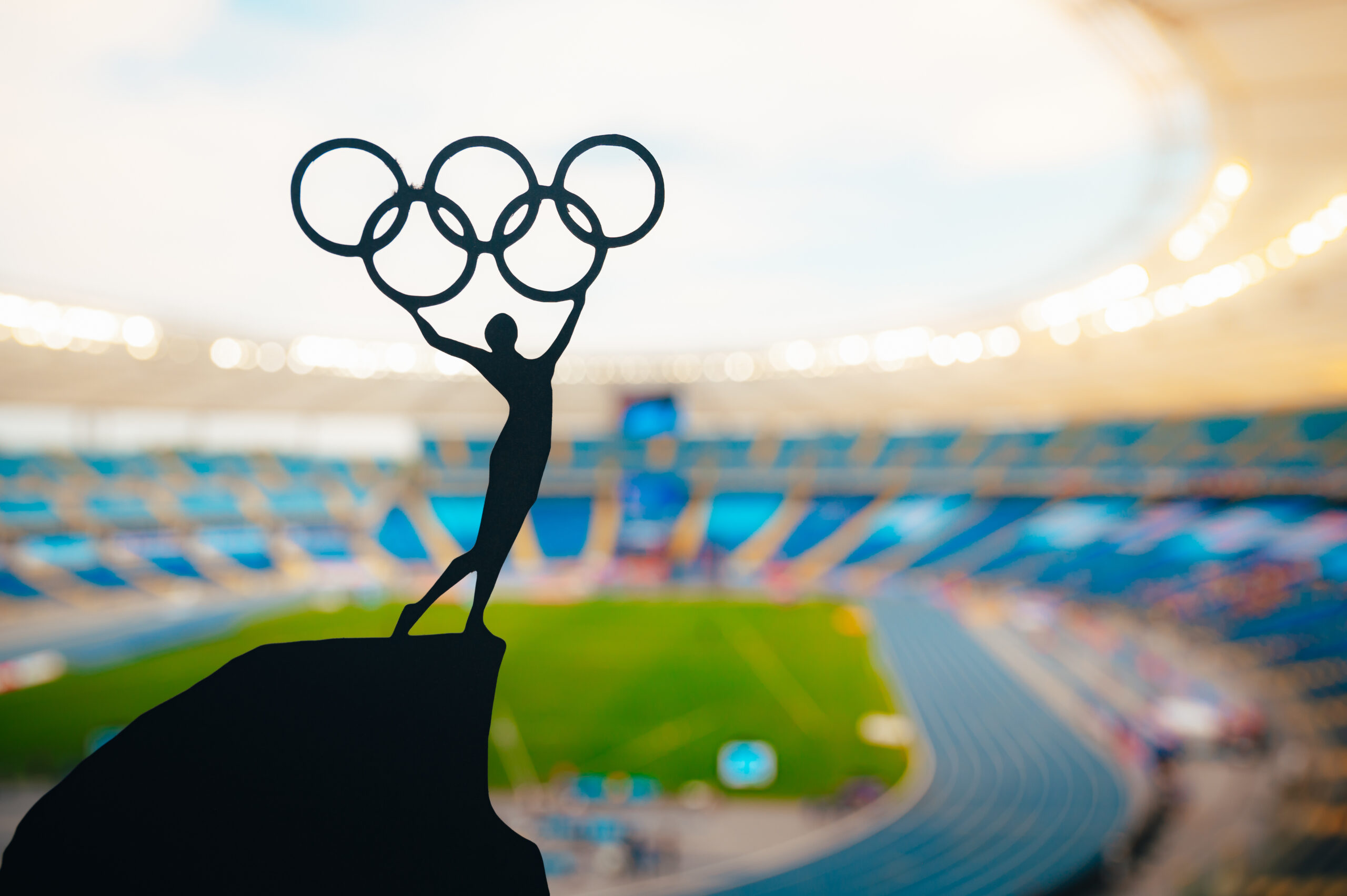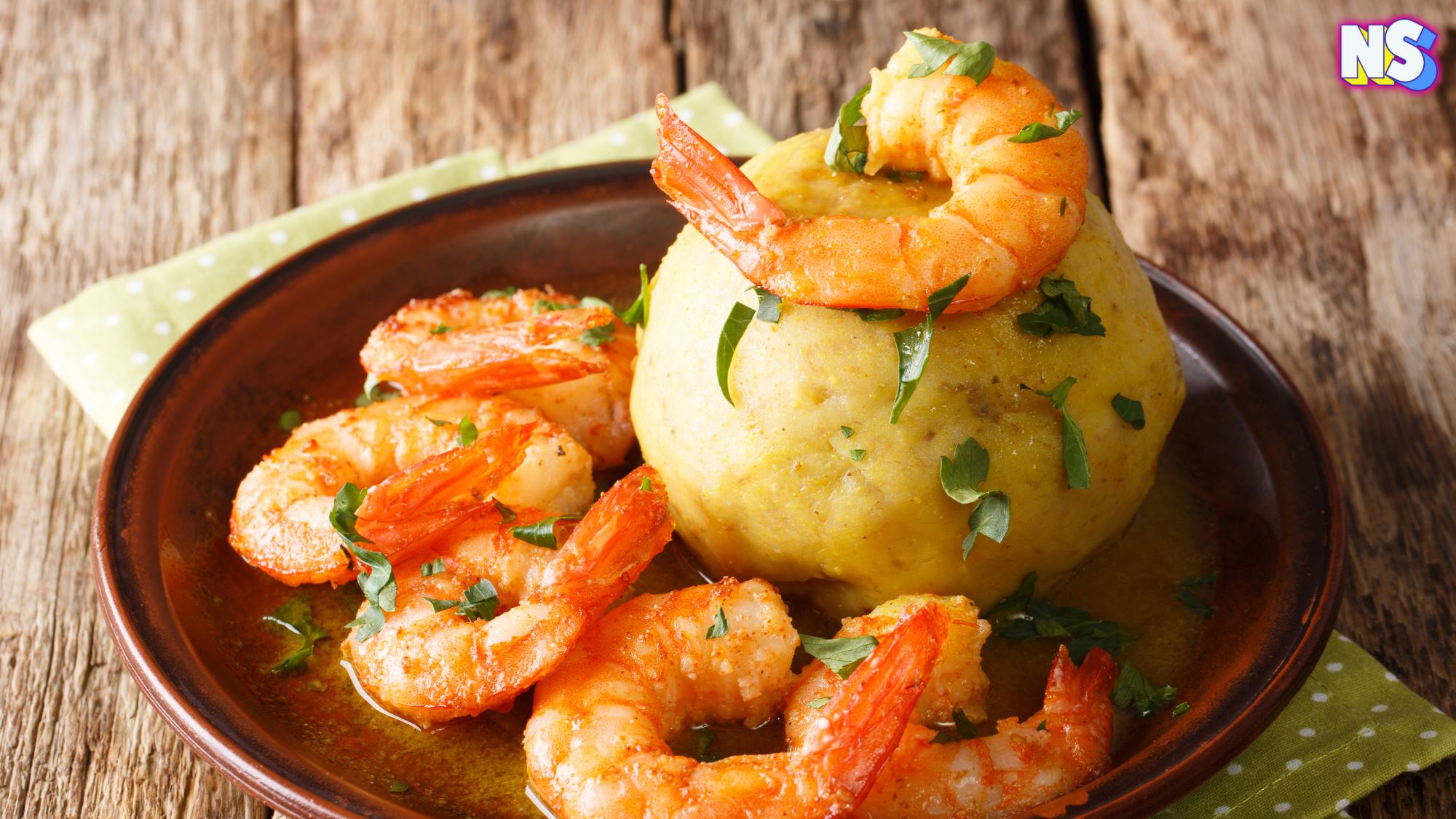In the heart of Chicago’s South Side, an elementary school stands as a beacon of hope and inspiration, now bearing the name of a true legend. That legend? Orestes “Minnie” Miñoso, a baseball icon, and a hometown hero whose legacy transcends the diamond.
“The late Chicago baseball legend Minnie Miñoso was also known as ‘Mr. White Sox’ and the ‘Cuban Comet.’ Now he will be known, too, for a South Side school that newly bears his name,” the Chicago Tribune newspaper writes.
It’s quite a feat for an All-Star player who, at first, wasn’t even allowed to play for the Chicago White Sox because of the color of his skin.
How did the star become the first Afro-Latino player in the major leagues and revolutionize the game in so many ways?
This is the story of Orestes “Minnie” Miñoso’s journey to greatness.
Orestes “Minnie” Miñoso’s Lasting Legacy
At the beginning of the 2023-2024 school year, Chicago Public Schools held a “back-to-school bash” to celebrate the renaming of George McClellan Elementary to Orestes Minnie Miñoso Academy. The name change honors White Sox legend “Minnie” Miñoso.
“Personally, I’m quite overwhelmed and emotional by this honor, which is such a meaningful continuation of dad’s memory and legacy,” Charlie Rice-Miñoso, Minnie’s son, told CBS news.
He added, “These Black and Brown kids who will have someone to look to, who can relate to them, relate to their struggles and their hopes, dreams of them and their families.”
It’s just one of the many tributes to a Cuban-born player who changed the American sport forever.
“The list of Latino players he mentored is too long to list, but even now his love and joy for the game is reflected in the faces of Moncada, Robert, Grandahl and Abreu,” Writer Laurence Holmes explains in a Chicago White Sox Miñoso YouTube documentary.
Who Was “Minnie” Miñoso?
Orestes “Minnie” Miñoso was born Saturnino Orestes Armas Miñoso Arrieta on November 29, 1923 (or 1925), in Perico, Cuba. When he died in 2015, his family wrote his birth year was 1924 because no one could confirm his actual birthdate.
But he was more than just a baseball player from the Caribbean island. His nickname, “the Cuban Comet,” aptly captured his electrifying speed, both on the field and in breaking down racial barriers.
Miñoso’s journey began in what was called the “Negro leagues,” where he showcased his talent as an All-Star third baseman with the New York Cubans.
“A predominantly Latino team, the Cubans played at historic baseball institutions such as Hinchliffe Stadium in Paterson, N.J., and the Polo Grounds in New York City,” the MLB explains. “For over 10 years, they fielded competitive teams, finishing as high as second, but were unable to capture a league title until 1947.”
From the NY Cubans to the Cleveland Indians
In 1949, when baseball’s color line fell, Miñoso signed with the Cleveland Indians, becoming the first Afro-Latino player in the major leagues.
His arrival marked a pivotal moment, opening doors for Latin American players. As a rookie, he participated in one of the first MLB All-Star Games featuring Latin Americans.
In 1951, Miñoso joined the White Sox and became the first black player on the White Sox, hitting a home run in Comiskey Park on the first pitch.
“To me, Minnie is a legend,” former Yankees pitcher José Contreras, also a Cuba native, told The New York Times. “He was one of our best representatives, our Jackie Robinson.”
Miñoso’s Enduring Memory
He was an AL All-Star for seven seasons, a Gold Glove winner, and a consistent .300 hitter. Miñoso’s speed revolutionized the game, inspiring others to embrace the stolen base.
His resilience and sportsmanship left an indelible mark on the Chicago White Sox, where he played a pivotal role in the team’s success during the 1950s and 1960s.
But it wasn’t always easy for an Afro-Latino baseball player.
“My first year in big league in 1951, one team — I no tell who — always call me names,” he once said in an interview with the New York World-Telegram and Sun …’” the New York Times explains. “ … I think they try make me afraid.”
Miñoso Enters the Baseball Hall of Fame
But he overcame it all. And, in 2022, Miñoso’s legacy received its due recognition when he was inducted into the National Baseball Hall of Fame.
“Miñoso appeared in games in the Northern League in 1993 and 2003, making him a seven-decade pro baseball player,” The National Baseball Hall of Fame writes. “It was his play at the game’s highest levels however, that set Miñoso apart. In what amounted to 11 full seasons in the AL, Miñoso hit better than .300 eight times, was named to nine All-Star Games, captured three Gold Glove Awards and led the league in getting hit by pitches 10 times. … He retired with a .299 career batting average, including 2,110 hits, 1,225 runs, 1,093 RBI and 216 stolen bases.”
The Golden Days Era Committee honored him, celebrating his contributions to the sport. Today, when fans reminisce about the “Go-Go” White Sox, they remember Minnie Miñoso — the Cuban Comet who blazed a trail and forever changed the game of baseball.
“I can’t even count the number of times that he and I sat in the conference room adjacent to my office, just talking baseball and talking about life and the joy that he had for this game and why he chose to pass up more lucrative opportunities to come play for the New York Cubans,” Bob Kendrick, the president of the Negro Leagues Baseball Museum in Kansas City, told the New York Times. “He wanted to chase the American dream, and he laid down that foundation to so many others, because they knew they would have the opportunity to play this game.”
He passed away on March 1, 2015, but the “Minnie” Miñoso legacy clearly lives on.





